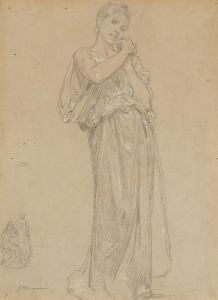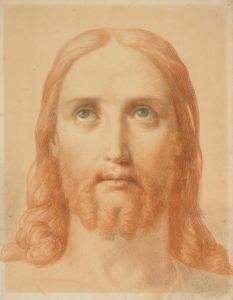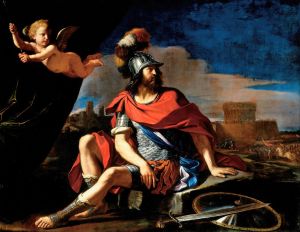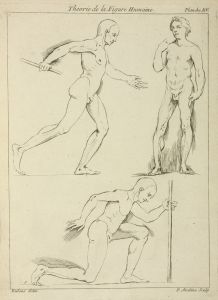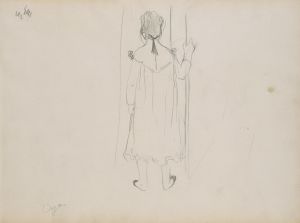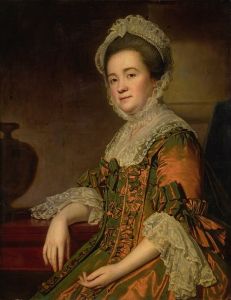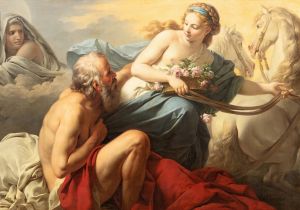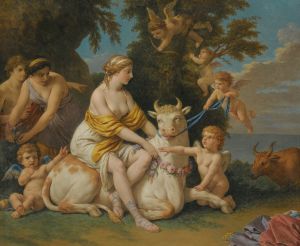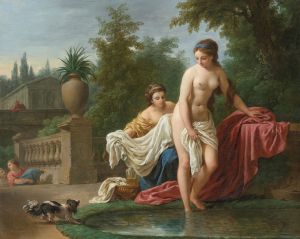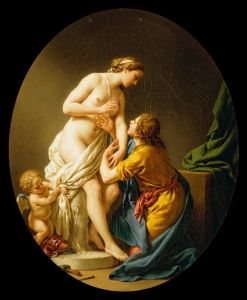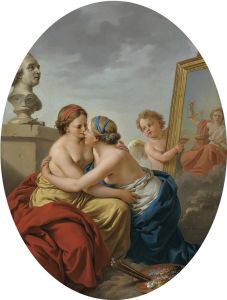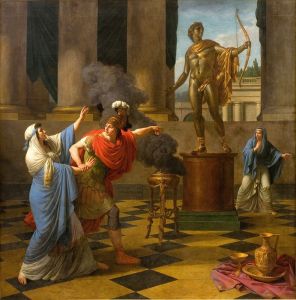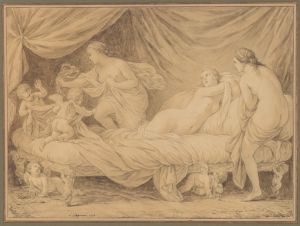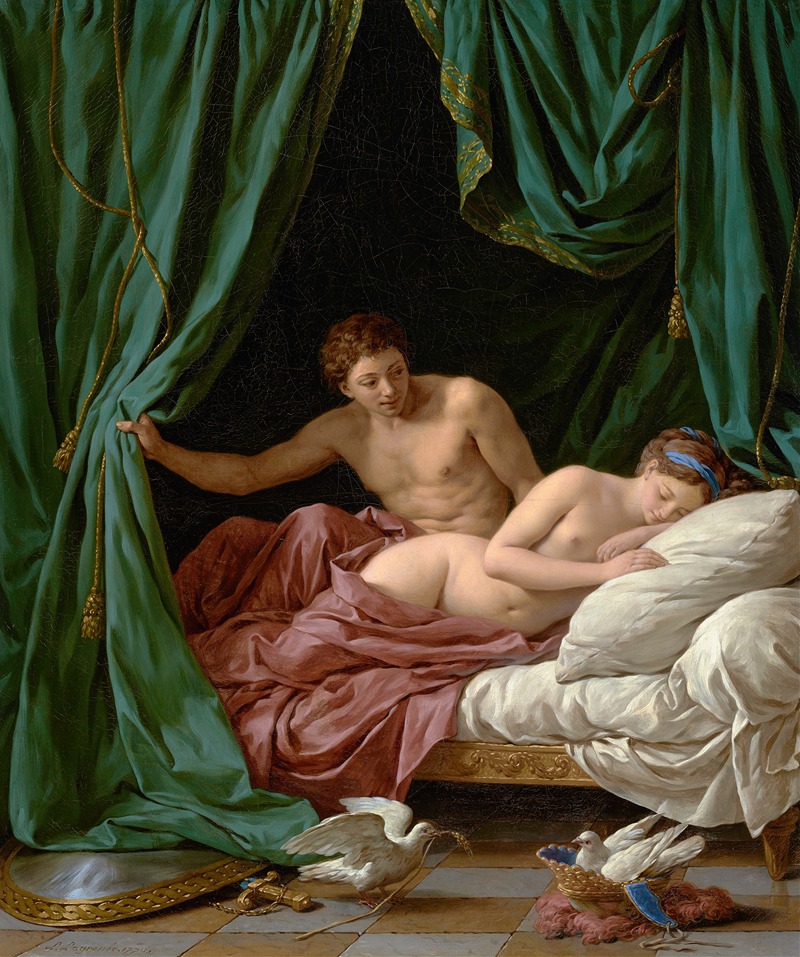
Mars and Venus, Allegory of Peace
A hand-painted replica of Louis-Jean-François Lagrenée’s masterpiece Mars and Venus, Allegory of Peace, meticulously crafted by professional artists to capture the true essence of the original. Each piece is created with museum-quality canvas and rare mineral pigments, carefully painted by experienced artists with delicate brushstrokes and rich, layered colors to perfectly recreate the texture of the original artwork. Unlike machine-printed reproductions, this hand-painted version brings the painting to life, infused with the artist’s emotions and skill in every stroke. Whether for personal collection or home decoration, it instantly elevates the artistic atmosphere of any space.
"Mars and Venus, Allegory of Peace" is a painting by the French artist Louis-Jean-François Lagrenée, completed in 1770. Lagrenée was a prominent painter during the 18th century, known for his works in the Rococo style, which often depicted classical themes with an emphasis on grace and elegance. This particular painting exemplifies his skill in combining mythological subjects with allegorical meanings.
The painting portrays the Roman gods Mars and Venus, who are often associated with war and love, respectively. In classical mythology, Mars is the god of war, known for his aggressive and martial nature, while Venus is the goddess of love, beauty, and fertility. The juxtaposition of these two deities in the painting serves as an allegory for peace, suggesting that love can triumph over war and conflict.
In "Mars and Venus, Allegory of Peace," Lagrenée captures a moment of harmony between the two gods. Mars is depicted in a relaxed posture, his armor and weapons set aside, indicating a cessation of hostilities. Venus, on the other hand, is portrayed with her usual grace and beauty, symbolizing the soothing and conciliatory power of love. The interaction between the two figures suggests a narrative where love has tamed the warrior spirit, promoting peace and tranquility.
The composition of the painting is typical of the Rococo style, characterized by its soft colors, fluid lines, and delicate details. Lagrenée's use of light and shadow adds depth to the scene, enhancing the emotional impact of the allegory. The figures are elegantly posed, and the drapery of their garments is rendered with meticulous attention to detail, showcasing Lagrenée's technical proficiency.
This painting was created during a period in European history marked by frequent wars and political upheaval. The allegory of peace would have resonated with contemporary audiences, offering a hopeful vision of reconciliation and harmony. Lagrenée's work reflects the Enlightenment ideals of the time, which emphasized reason, balance, and the potential for human progress.
"Mars and Venus, Allegory of Peace" is housed in the Hermitage Museum in Saint Petersburg, Russia. The museum, one of the largest and most prestigious in the world, acquired the painting as part of its extensive collection of European art. The painting remains an important example of 18th-century French art, illustrating the period's fascination with classical mythology and its use as a vehicle for conveying moral and philosophical themes.
Lagrenée's contribution to the art world extends beyond this painting. He was an influential figure in the French art scene, serving as a professor at the Académie Royale de Peinture et de Sculpture and later as the director of the French Academy in Rome. His works, including "Mars and Venus, Allegory of Peace," continue to be studied and appreciated for their artistic merit and historical significance.





